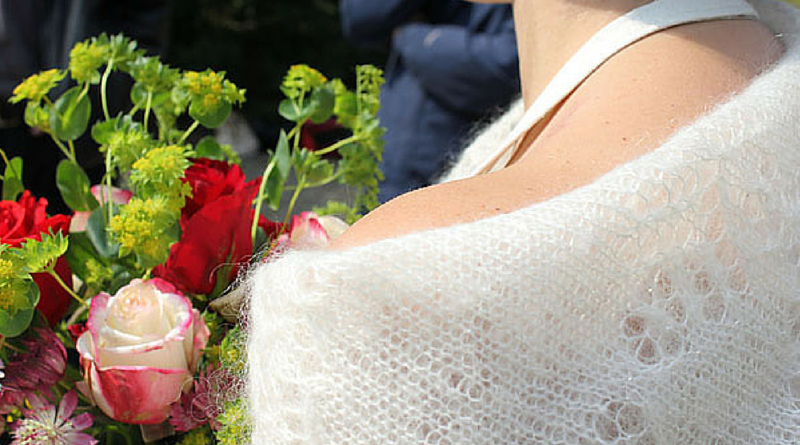Shetland Lace Knitting
What is true for the Shetland lace knitting tradition is true for other European lace traditions based on wool: Much of their origins are lost in time. What we are left with is material from the 19th and 20th centuries. Luckily, in the last years many of the old knitting traditions have been revived by many talented knitters all over the world. Shetland lace knitting is no exception.
This post is part of the Complete Guide to Lace Knitting.
The first fully documented piece of Shetland lace knitwear is a baby’s bonnet in 1832. It is complex in both shape and pattern, using several different stitch patterns in different areas.
The only knitted shawl that Shetland women wore was the hap. This usually had a garter stitch center and a border of Old Shale, often with the traditional peaked edging. The genius of the Shetland women was to put together simple stitch patterns to create a shawl or other garment which looked incredibly complicated.
Many of the motives used in Orenburg lace are also common in Shetland lace knitting. There are slight differences in how they are worked, though: placement of the decreases in respect to the eyelets, for instance; but also use of the central double decrease instead of the k3tog stitches.
The most comprehensive resource about Shetland lace knitting I’ve come across so far is Sharon Miller’s book Heirloom Knitting. I got my copy many years ago directly from the author, and it is now available on Amazon. Although I have to admit it’s not the cheapest knitting book available it’s definitely worth its price – I never regretted buying mine at all. It’s a true gem!
So if you’re serious about getting started with Shetland lace knitting prepare to work a lot of patterned rows on both sides of your knitting, using a lot of charts and very thin yarn. And you might want to consider using a row counter.
But it’s worth both time and effort – the results are tremendously beautiful. Promise!


Pingback: The Complete Guide to Lace Knitting - knitting.today